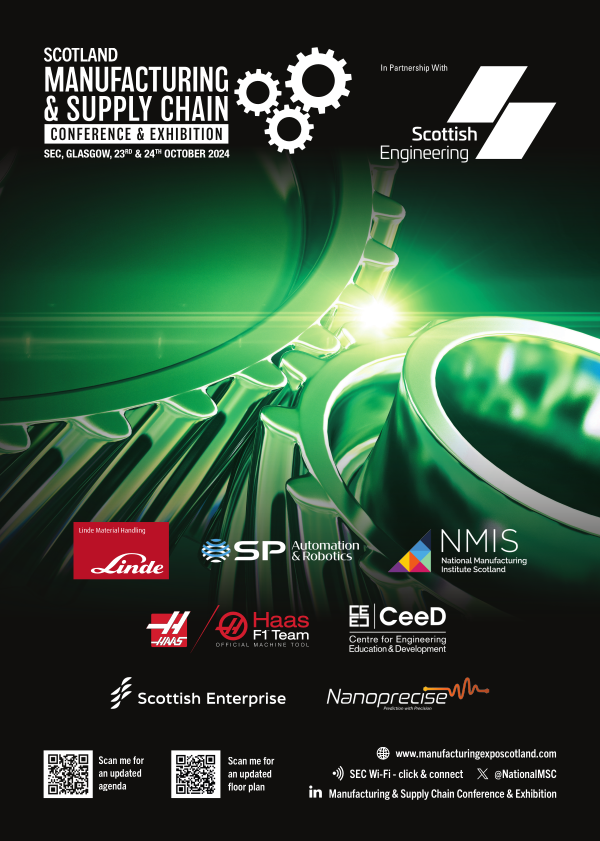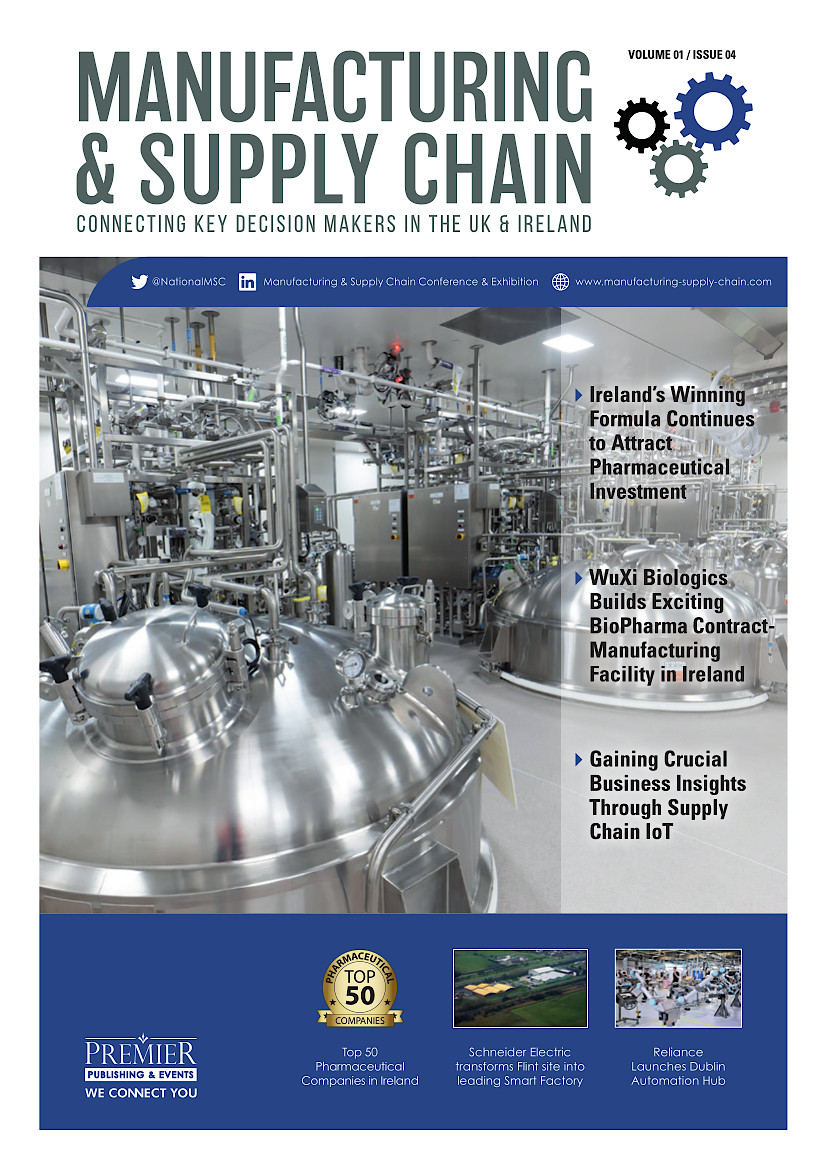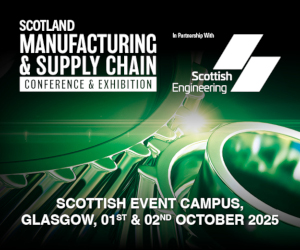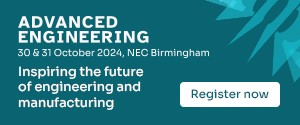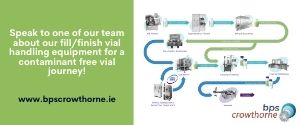Ben & Jerry’s turns to ‘carbon insetting’ to reduce emissions

Values-led ice cream brand Ben & Jerry’s is stepping up its efforts to reduce CO2 emissions with a move towards ‘carbon insetting’ to improve supply chain resilience and resource efficiency.
In its 2013 Social and Environmental Assessment (SEAR) report, Ben & Jerry’s announced an investment in a Manure Separator project in a bid to monetise the carbon savings in the Unilever subsidiary’s supply chain. It is estimated that the project will reduce 10,550 metric tonnes of CO2 over the first 10 years of operation.
“We know we have to work harder to mitigate our impact on the environment,” reads the Ben & Jerry’s SEAR Report. “For many years, we have invested aggressively in energy-efficient technology from cooling systems to lighting to water and waste management systems at our manufacturing plants.
“We continue to devise and pursue innovative plans to reduce the greenhouse gas emissions associated with our business, to respond to the urgent challenge of climate change.”
Caring Dairy
The Manure Separator project, launched in partnership with Vermont-based Native Energy, essentially takes the idea of voluntary carbon credits a step further than carbon offsetting, by monetising the carbon savings of the firm’s own supply chain.
Greenhouse gas emissions on farms that are part of the Ben & Jerry’s ‘Caring Dairy’ sustainability programme – which essentially pays farmers a premium for a prioritising animal welfare – are significantly reduced by removing a portion of the manure solids that are traditionally broken down and produce methane.
The project also strengthens the financial sustainability of each farm by reducing the costs associated with bedding, hauling and spreading waste material.
Ben & Jerry’s work to become CO2 neutral has been further enhanced by the recent installation of a new bio-digester and heat conversion plant at the company’s European manufacturing site in Hellendoorn, the Netherlands, which turns the factory’s dairy waste into energy.
The SEAR report indicates that Ben & Jerry’s reduced solid waste by 195.8% over the past year, while water use improved by 1.2% on a like-for-like basis. It does, however, note a 12.3% increase in CO2 emissions in 2013 (kg per unit of production), with total energy usage also increasing, by 0.7% year-on-year.
Two of Ben & Jerry’s North American manufacturing plants in Vermont achieved zero waste-to-landfill in 2013. Ice cream waste is sent to local farms with methane digesters, where the methane is used to generate electricity. Anything that cannot be recycled, reused or composted is incinerated, with the heat used to generate further electricity.
Ben & Jerry’s was bought by Unilever in 2000. In 2005, the company became the first ice cream manufacturer in the world to use Fairtrade-certified ingredients, with 77% of Ben & Jerry’s ice cream flavours achieving Fairtrade certification last year.



